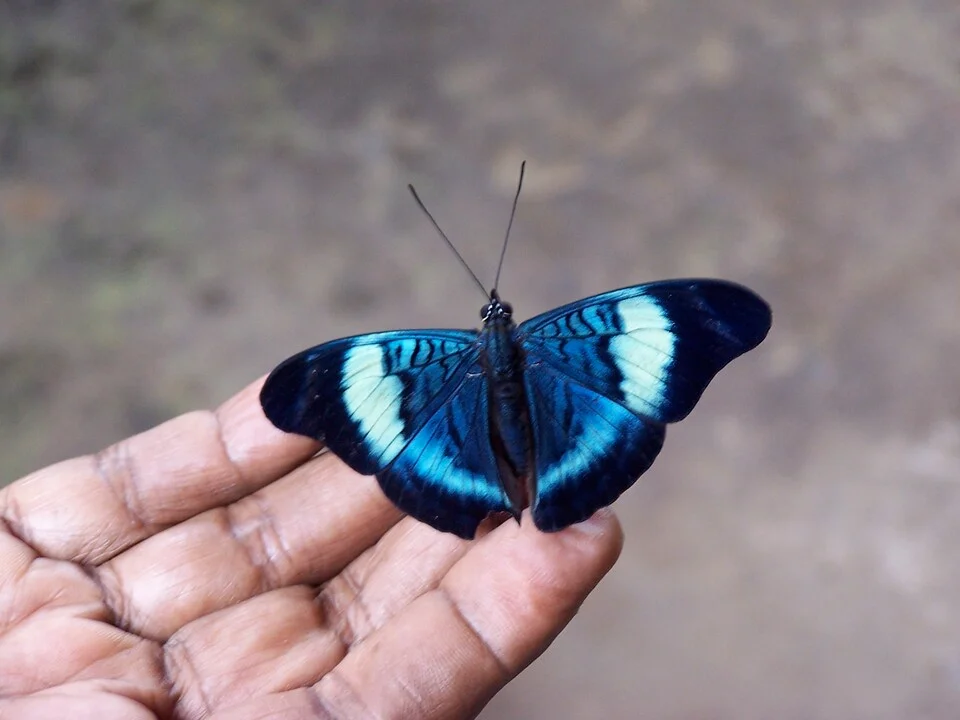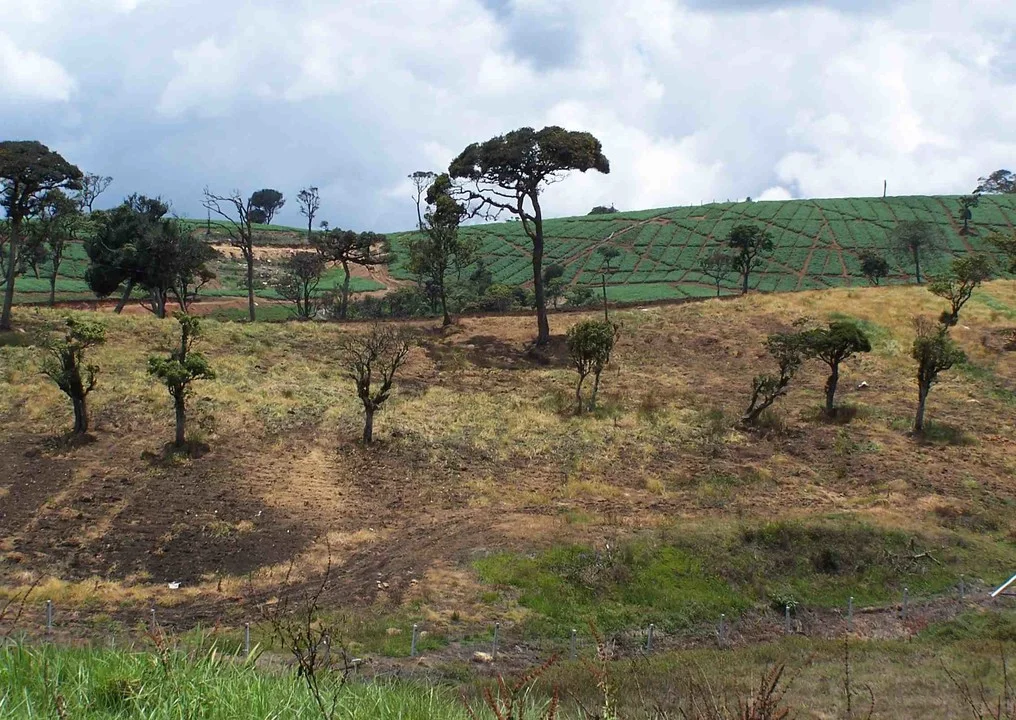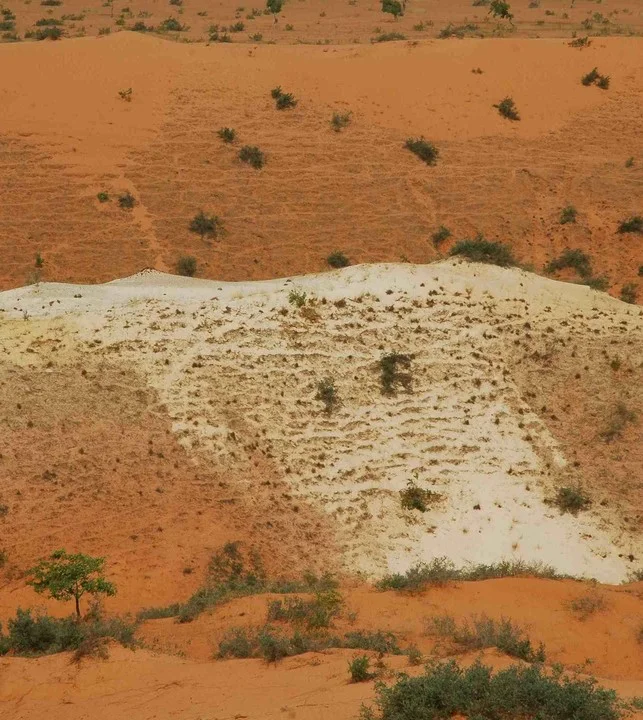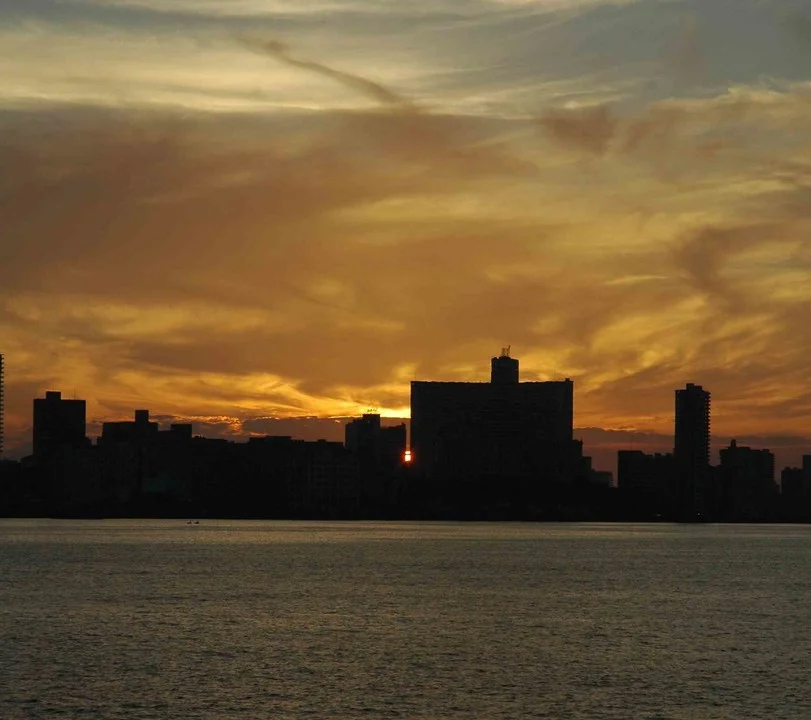We need a fresh paradigm towards a permanent truce with nature, in concurrence with her pace and in sync with her rhythm.” Ray Wijewardene, Sri Lankan, Agricultural Scientist Extraordinaire
Sri Lanka, is ‘the canary in the coalmine’ of fossil powered economic growth, that promises ‘development’. The pain of withdrawal from addiction is felt from the cooking fires of its homes, to the national energy grids. Can this pain provoke a realisation that the only way to stop it from happening again, is to cease this addiction to fossil fuels and choose a new paradigm for growth and development.
It is not only the pain of withdrawal from fossil energy, it is also the awful reality of what we have done the environment that supports us, chasing the myth of ‘development’ based the consumption of fossil fuels. I remember the taste of the water in the well from which I would drink go from sweet, to bitter. The bitter taste is a forerunner of the foul chemicals that will eventually make this well undrinkable. What is the value of a good clean drinking water well in my premises? To me priceless, but to the economic thinking that rules this nation, only worth what the market dictates. Being a good neighbour, I will gladly share the water from my well with my neighbours. However, because I will not charge them money for my water, the value that it represents to my neighbours is consigned to an externality and is not computed in framing the national economy. Why?
This insensitivity to environmental and social contracts is not confined to Sri Lanka, it is an artifact of modern idea of ‘progress’ as defined and promoted by global politics as ‘Development’ today, it unfortunately compromises the basic needs of all of humanity. As pointed out by innumerable fellow travellers on this journey of life, we are hurting ourselves; we are reducing our future options.
There is a paradigm shift needed but what is it? Can we look at this world in a different way, so that we can slow this rolling tsunami of hunger, disease and violence? We are constantly being made aware that there is a crisis in food, in water, in health and now in energy, the indicators of the coming tsunami.
In proposing a new paradigm, we must define the existing one first, so that the new can be evaluated. Today, humanity has defined consumerist led growth measured by indicators such as the GDP as ‘development’. Its operation has seen a rapid decline of the indicators of sustainable living, indicators such as water quality, oil quality, health quality and biodiversity. It looks to create transactions as the final goal. Often, these do not pay a real price and the cost of environmental services loss is externalised, so that it becomes a public liability. Further most of the transactions are made on non-living materials, value being relegated by rarity and demand.
In moving to a new paradigm the most obvious effect will be in the slowing down and hopefully reversing the current rapid decline of the indicators of sustainable living, indicators such as water quality, oil quality, health quality and biodiversity. The concept of consumerist growth will be measured by a host of other indicators and not merely transactions. These ‘indicators of sustainable living’ will provide the weighting factors for the computation of established economic indicators such as the GDP. The real value of the ‘Global Commons’ will be formalised and value given to environmental services, especially those that provide positive externalities I the operation.
This reality is summarised effectively in a saying of the Shuar peoples of the Amazon they say :
‘Oil represents the sprits of a long dead world, that we use to satisfy our greed for power and sacrifice and our children in return’.
This statement is correct in both metaphorical and real senses.
Oil (and other fossil fuels) does indeed represent a long dead world, be it Devonian coal that came from the mass of the great forests of that time or Jurassic oil that came from the productive oceans of that time. Our fossil fuels are indeed made from the bodies of the denizens of those times. They have condensed into energy high substances, from which we extract power and which in turn extracts the sustainability of humanity as the life support system diminishes.
Carbon that cycles through living systems represents a fixed proportion of the planetary carbon. This carbon called ‘biotic’ or living carbon has a very different makeup to other sources of carbon. The biotic carbon cycling in the planetary biosphere is measured in time cycles of thousands of years. This carbon is activated by the energy of the sun fixed by living things. There is another pool of carbon, which is the ‘lithospheric’ or fossil carbon. This is carbon that once existed in the biosphere, but died and was buried underground where they reside for time periods measured in millions of years. This ‘dead’ carbon has no contact with the world of living carbon. Over geologic time vast quantities of carbon sequestered by living forms became fossilised and removed from the biotic/atmospheric cycles to become distilled as the ‘spirits of a long dead world.’
Metaphorically, it reflects the human traditions that state ‘From light comes life, from darkness death’. They represent the age-old battle that divides men, those who choose the power of light and those who choose the power of dark. In human experience, both give power, both extend promises, both require sacrifice. The sacrifice required of when asking for power from the light, is the containment of greed, fasting, meditation, prayer, selflessness, in short the sacrifice of ‘self’. The sacrifice required by humans asking for power from the dark, is the worship of greed, selfish gain and the sacrifice of others. They will happily kill the future for selfish gain, for personal power and wealth.
Thus the old paradigm of the creation of desire for consumption at the expense of the future and driven by fossil energy must change, if humanity is to progress anywhere.
Just as the power of fossil energy manifested the old paradigm it is the power of radiant energy that will manifest the new.
Radiant energy or light empowers us in two fundamental ways. The first is by maintaining the life support system of the planet the second is by providing electricity to power technological advances that are becoming social norms.
The supply of electricity from sources of energy other than fossil is exemplified by using water (hydro) trees (dendro) , wind or radiation (solar). The technology to supply the marketplace is slowed by vested interests (fossil lobby) and further slowed down by official lethargy.
The other aspect of radiant energy is the phenomenon of primary production, by which the entire living world is maintained. Primary production or the capture of light energy to make biomass, is possible only through the action of photosynthesis, by which Carbon Dioxide from the atmosphere is fused with water to provide the two essentials for life oxygen and biomass. It is the substance that provides the green colour of vegetation.
It is the action of this material, photosynthetic biomass, that makes life sustainable on this planet. The tragedy is, that under the current paradigm, no value is given to this critical substance, value is given only to the products of its action, such as timber or grain. As a consequence of this lack of recognition, the volume of photosynthetic biomass has begun to decrease dramatically planet-wide.
A fundamental consideration of photosynthetic biomass is that it retains value only as long as it is living. Unlike products such as timber, fruit, spices or grains which is valued after ‘harvest’ and is dead, it has no value in a dead state. The moment it is ‘harvested’ and ceases its activity, it loses its value.
So, what is photosynthetic biomass? It is the ‘green substance’ of all plants. On land, it is mostly the leaves of plants, in the sea it is the blooms of algae and phytoplankton. Photosynthetic biomass captures solar energy using atmospheric Carbon Dioxide and water to produce all the foodstuff for animal life of the planet. In addition it produces Oxygen to maintain an air that we can breathe. It also provokes water transformation or the cleansing of groundwater and the creation of rain, i.e. all actions essential for the sustainability of the life support system of the planet. Yet currently, it is only the product of photosynthetic biomass, as sequestered carbon, usually represented by wood/timber, fruits a grain etc. that has been recognised as having commercial value.
How can the recognition of the value of Primary Ecosystem Services contribute towards changing the paradigm?
A primary contribution would be to reverse the damage wrought to the planetary life support systems by making it profitable to restore and enhance the degraded environmental services. If economic and policy decisions create a climate conducive to placing a value on photosynthetic biomass, many critical activities to slow the current trend can be developed and implemented.
The greatest resource to implement these goals of restoration is the rural population. It is only the day-to-day attention to new plantings in the field and an increasing knowledge on the theory and practice of restoration that will produce the healed environments of tomorrow.
Consideration of the rural populace as key players in land restoration is important because it is the rural person who will often be responsible for the acts that destroy or develop both biomass and biodiversity. Rural out-migration is often a consequence of an inability to make a decent living on the land. It has been inability to place value on environmental services that constrains the development of new rural opportunities, beggaring the farming communities and their attendant biodiversity. But using photosynthetic biomass as a proxy for environmental services can contribute to reversing this trend.
As photosynthetic biomass can retain value only as long as it is living, the dependence of exporting a product to sustain economic activity ceases. He or she can be paid for the amount of photosynthetic biomass that they maintain alive on their land. Work on restoration suggests that the higher the complexity of vegetation the higher its photosynthetic biomass. Money can be now directed towards sustaining life rather than destroying it!
Such a paradigm change brings with it innumerable opportunities for research, business and market development. Such a move can indeed put us on a better track to sustainability. Such a move can move us from the dark to the light! It only requires the international system to recognise a value for photosynthetic biomass and let the market dictate its worth. We need to grasp the opportunity for change and move from a hydrocarbon driven economy to a carbohydrate driven one!







